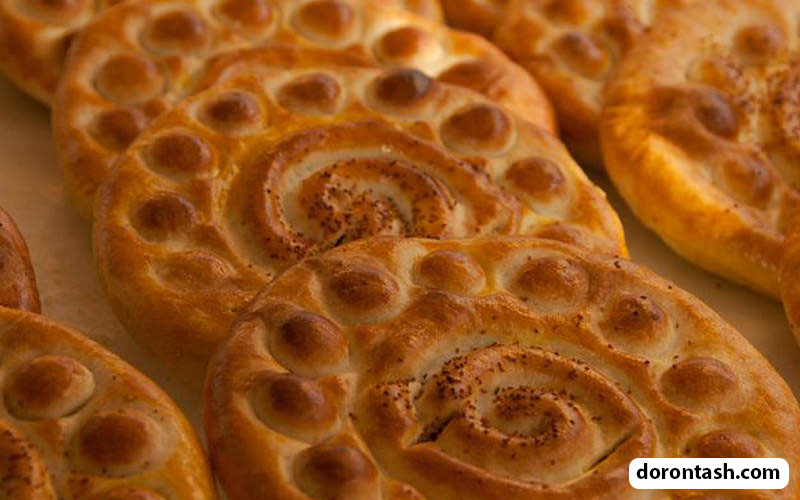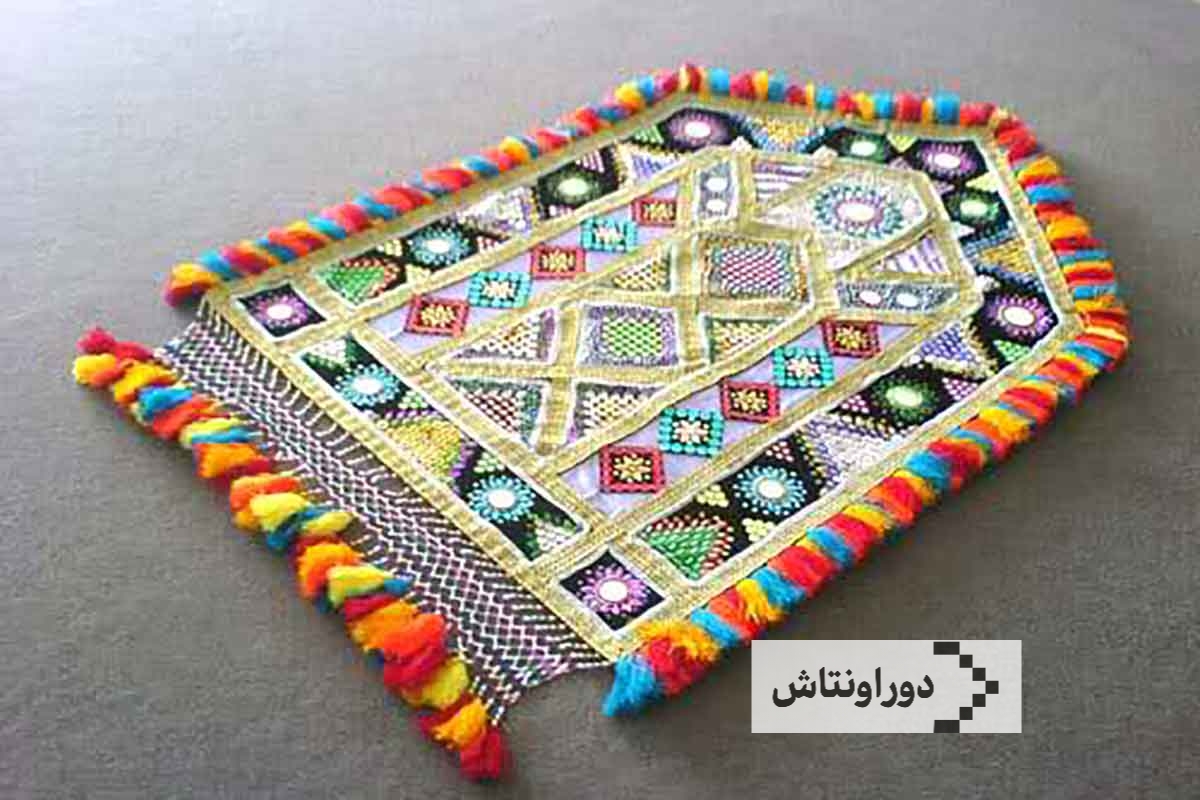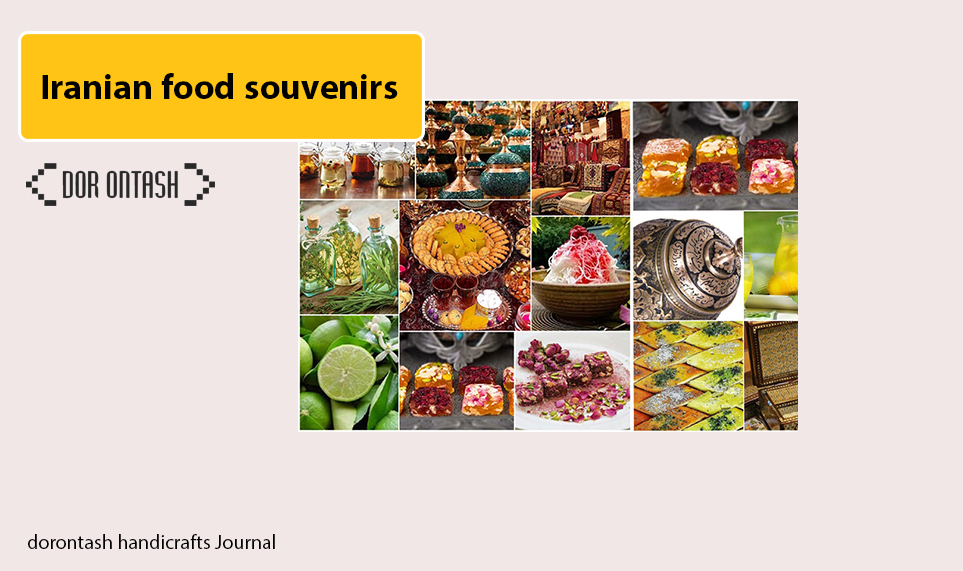Handicrafts of Sistan and Baluchistan
Handicrafts of Sistan and Baluchistan
Sistan and Baluchistan is located in the southeast of the country. This province also has very interesting and beautiful handicrafts, which we will mention below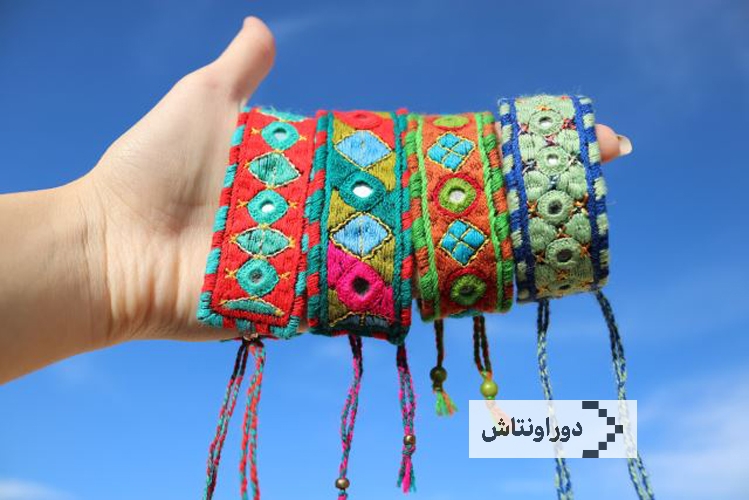
History of Sistan and Baluchistan
According to some narrations, the name of Sistan is changed to Sejstan or Sekstan, which means the land of the Scythians. The Scythians were a people who migrated around the Hirmand River around 2500 BC. This land is introduced in Ferdowsi’s Shahnameh as the birthplace of Rostam.
The existence of ancient historical monuments such as petroglyphs related to the hunting period and before the emergence of language around the stone hill of Saravan city show the long history of human habitation in this area.
Sistan and Baluchistan province consists of 22 cities including Zahedan, Zabul, Iranshahr, Chabahar, Qasrqand, Dost Mohammad and Saravan.
The most famous handicrafts of Sistan and Baluchistan
Needlework
Needlework is one of the beautiful and eye-catching arts of the women of this land. Balochi women artists use their hands to decorate the fabric in the best possible way and sew all kinds of designs and patterns on different fabrics. Among the products obtained by this art, we can refer to rugs, wedding tablecloths, tablecloths, cushions, etc.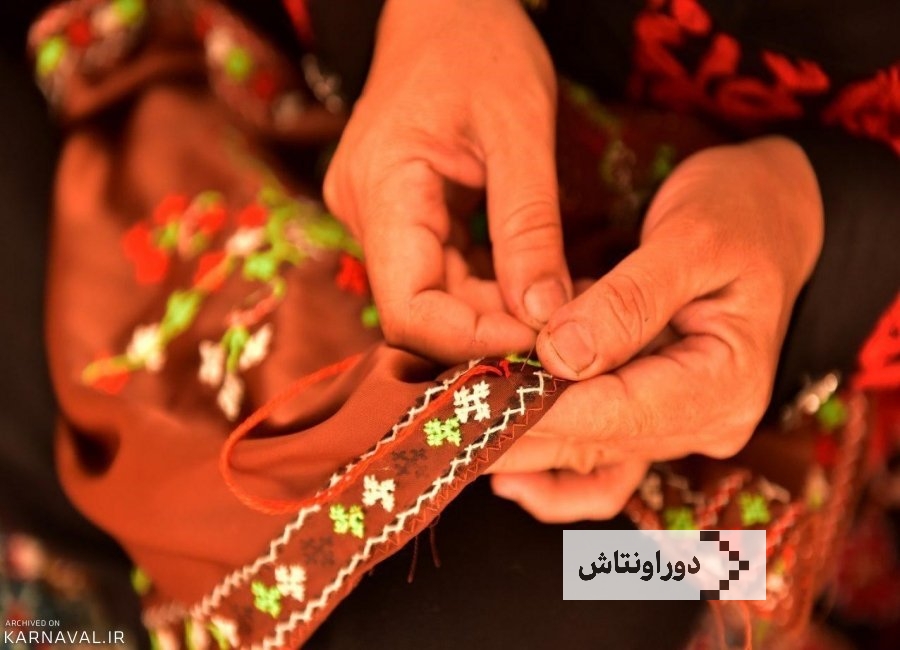
black embroidery
Black embroidery is one of the branches of needlework that is very popular in this city. In black embroidery, black thread is used to decorate the sleeves, around the collar, and the edges of the clothes, and they double the value and beauty of a simple dress.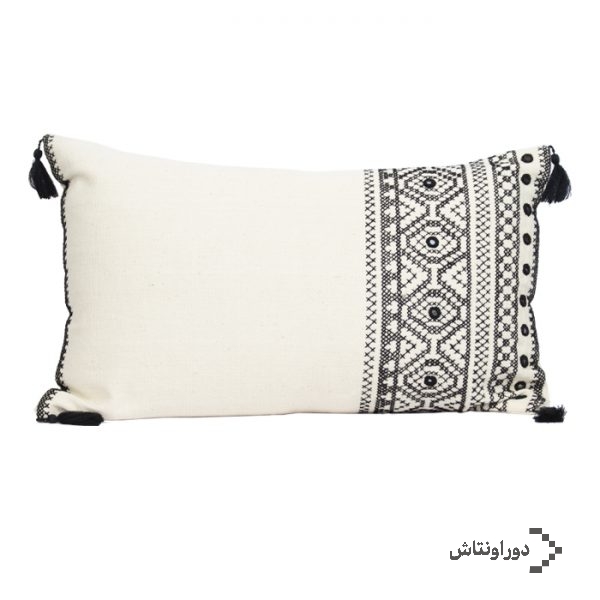
Parivar Dozi
Parivar embroidery is a type of fabric sewing that is used to decorate the edge of a scarf. In addition, using this art, they decorate the edges of the clothes, the ends of the sleeves, around the collars, etc.
Pottery in Sistan and Baluchistan:
Perhaps you are less familiar with the pottery industry in Sistan and Baluchistan. It is better to know that the most authentic potters in the world live in this region and Sistan and Baluchistan plays an important role in pottery. The remains of the burnt city show the oldest civilization in the world. The people of this land have learned and used the art of pottery since long ago.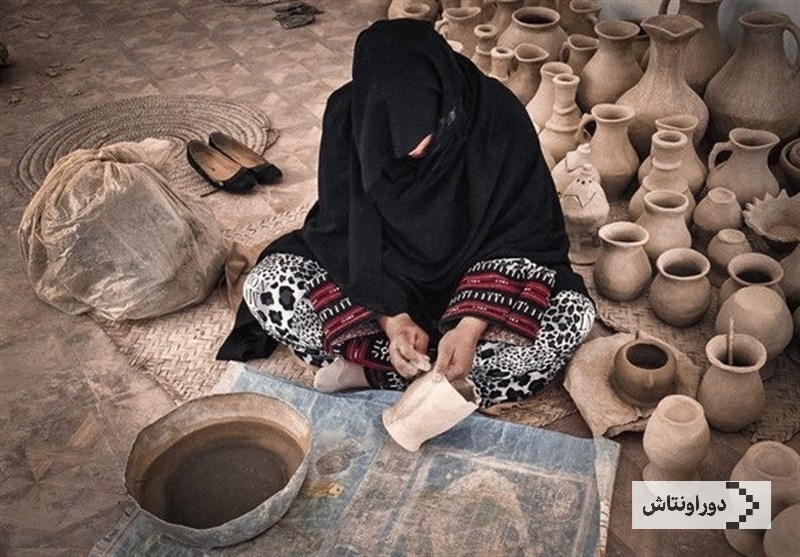
In the city of Saravan, the village of Kalpurgan, pottery is the main occupation of the people, and it has been registered as the Living Museum of Kalpurgan Pottery since 2016 and has a history of three thousand years.
Mirror embroidery and coin embroidery in Sistan
Another art of design on fabric is to attach mirror and coin on fabric next to sequin embroidery. This type of Iranian handicrafts in Sistan and Baluchistan is mostly used in wedding ceremonies and bride’s dowry. In addition, it is a very popular and flourishing art in Sistan and Baluchistan.
Dodni Bafi Baloch
Maybe you have seen one of them in your grandmother’s house. Dodni weaving is a handicraft of Sistan, which has been a little forgotten recently. In it, dodni or pecan is connected with thread. Then they create a rhombus shape by using two sticks that are placed on top of each other in the form of a cross.
Dodni Bafi Bishar is used to decorate houses. The ancients mention it to remove the evil eye from the house. If you have chosen a traditional or boho style in your home, Dodani Bafi is also a great idea to complete your home.
barge building
Another important industry of Sistan and Baluchistan province is barge making, which should be mentioned not as a souvenir but as a national honor. The barge-making industry is more prosperous in Chabahar city. This national work has been registered as a UNESCO World Heritage Site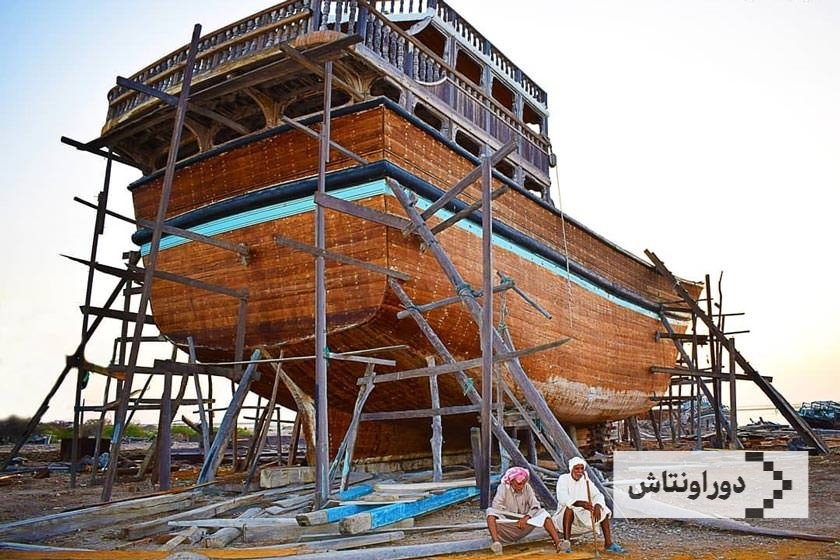
parenting
Perivardozi or polyvardozi is a type of needlework or embroidery on fabric. The effect of this art can be seen mostly in the border of Balochi women’s scarves and shawls; But in some parts of the province, this art is also used to decorate the front of the chest, pants and sleeves, hats, sweatpants, headscarves, armbands, prayer covers, etc.
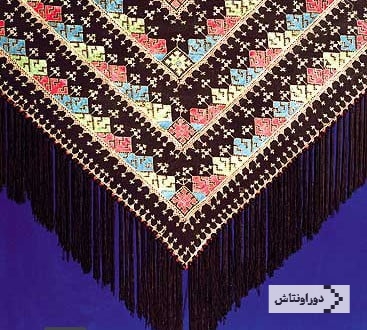 Most of the natives of Sistan and Baluchistan and the villages of Saravan and Iranshahr are engaged in this art and earn money from it.
Most of the natives of Sistan and Baluchistan and the villages of Saravan and Iranshahr are engaged in this art and earn money from it.
Coin embroidery and mirror embroidery
Mirror embroidery and coin embroidery is the art of sewing mirrors and coins in different sizes along with sequins in local clothes, vests, bedspreads, etc. This art is the second most popular art of Sistan and Baluchistan after needlework and is sometimes used along with silk embroidery, braiding and decorative stitches. This art is widely used in wedding ceremonies and is used in the bride’s bed and dowry or even a camel necklace to decorate the wedding. Apart from coins and mirrors, beads and pearls, sequins, pearls, shell buttons, ribbons and fabric are the necessary tools for this art.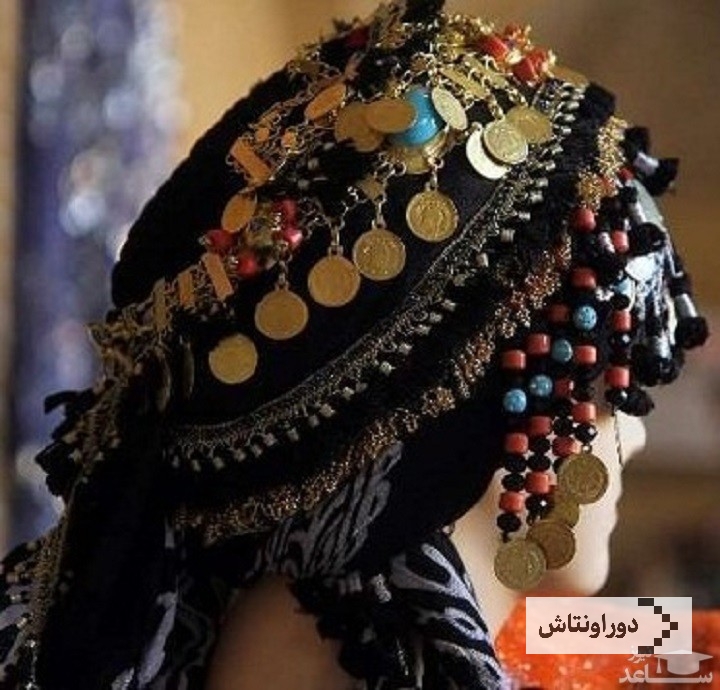
Kholk Bafi
Reed stalks are used for kholukbafi and shade, curtain and tuten (a type of straw boat) are prepared using this art. The villages on the edge of Khwajeh mountain and Zabol city are among the most important centers for the production of kholukbafi products
Plus weaving
It is a common handicraft among the nomads. Plus is a kind of woolen underlay that is used for carpeting nomadic tents and it is used to prevent the transfer of heat, cold and humidity.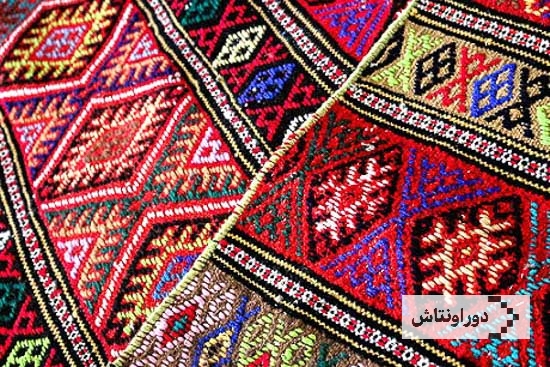
financial felt
Felt is a type of woolen underlay in which, by creating pressure, humidity and heat, woolen fibers are mixed together to produce felt.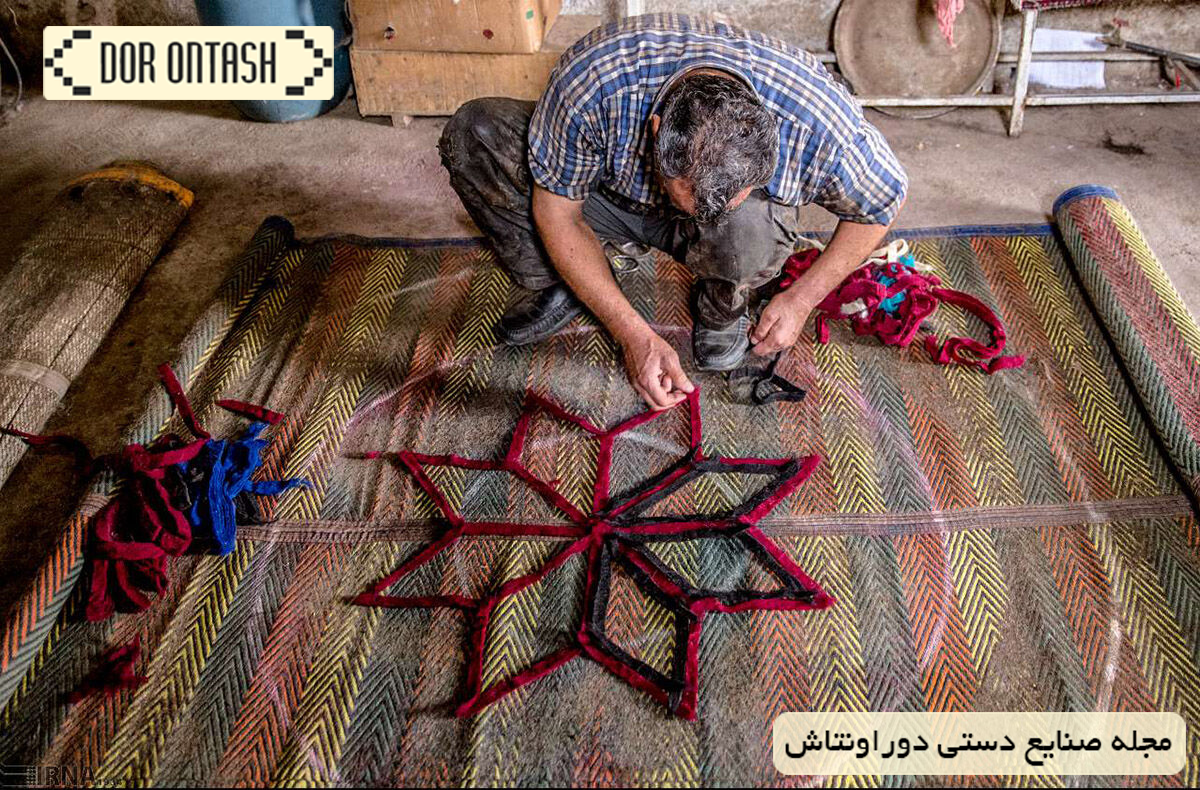
Weaving
In the Balochistan region, there is a mat called Tager, which is made from daz (leaves of wild date trees). Suas (sandals), Kechu (khurjin), Ropag (broom), Parund (belt for climbing palm trees), Seman (underlay), Seft (janmaz), Kopat (small basket) are the products of this art.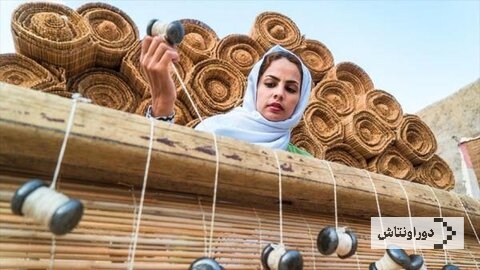
Date cookies
This delicious food is cooked in the month of March and for use in Nowruz. The core of these cookies is made of dates; But black seed and fennel are also used in it.